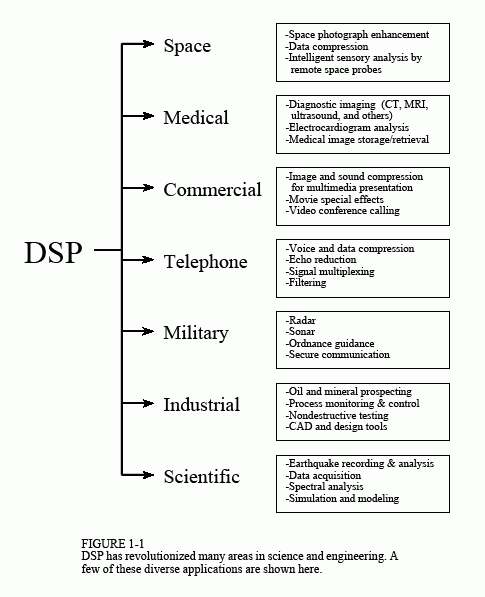Digital Signal Processing Signals Systems And Filters Solutions Manual
The Garland Science website is no longer available to access and you have been automatically redirected to CRCPress.com. INSTRUCTORS All instructor resources (*see Exceptions) are now available on our. Your GarlandScience.com instructor credentials will not grant access to the Hub, but existing and new users may.
Digital Signal Processing Principles Algorithms and Applications Solutions Manual. Ontrack easy recovery professional 100 56 crack serial. Digital Signal Processing with Student CD ROM Solutions Manual.
The student resources previously accessed via GarlandScience.com are no longer available to existing or new users. *Exceptions: Resources to the following titles can be found at • Molecular Biology of the Cell • Molecular Biology of the Cell: Problems Book • Essential Cell Biology • The Biology of Cancer • Case Studies in Cancer • Janeway's Immunobiology • The Immune System • Case Studies in Immunology • The Molecules of Life • Living in a Microbial World Please accept our apologies for any inconvenience this may cause.
Summary Signals, Systems, Transforms, and Digital Signal Processing with MATLAB ® has as its principal objective simplification without compromise of rigor. Graphics, called by the author, 'the language of scientists and engineers', physical interpretation of subtle mathematical concepts, and a gradual transition from basic to more advanced topics are meant to be among the important contributions of this book. After illustrating the analysis of a function through a step-by-step addition of harmonics, the book deals with Fourier and Laplace transforms. It then covers discrete time signals and systems, the z-transform, continuous- and discrete-time filters, active and passive filters, lattice filters, and continuous- and discrete-time state space models. The author goes on to discuss the Fourier transform of sequences, the discrete Fourier transform, and the fast Fourier transform, followed by Fourier-, Laplace, and z-related transforms, including Walsh–Hadamard, generalized Walsh, Hilbert, discrete cosine, Hartley, Hankel, Mellin, fractional Fourier, and wavelet. He also surveys the architecture and design of digital signal processors, computer architecture, logic design of sequential circuits, and random signals. He concludes with simplifying and demystifying the vital subject of distribution theory.

Drawing on much of the author’s own research work, this book expands the domains of existence of the most important transforms and thus opens the door to a new world of applications using novel, powerful mathematical tools.